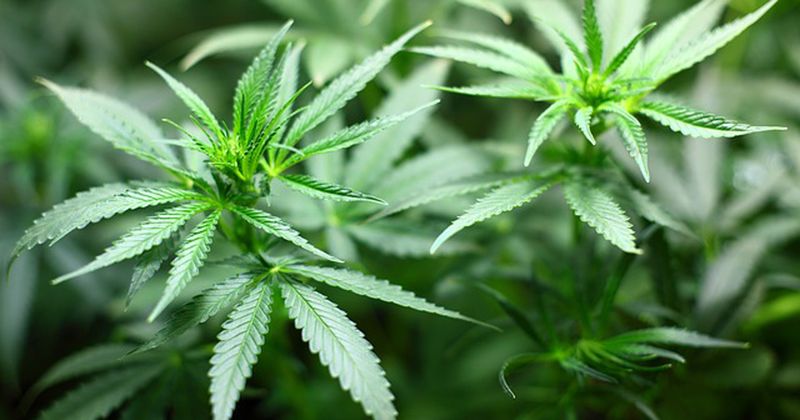Survey: 42% of midlife women have used cannabis, 6% for menopause symptoms
Key takeaways:
- Among midlife women, more than 42% reported ever using cannabis; more than 30% of those used it daily in the past year.
- Six percent said use was to treat menopause symptoms.
PHILADELPHIA — Medical and recreational cannabis use by midlife women may be “relatively common,” with 6% of those who report use saying they use the drug to address symptoms of menopause, according to a speaker.
Cannabis use is currently legal in some form in 38 states and the District of Columbia, Carolyn J. Gibson, PhD, psychologist and health services researcher at the University of California, San Francisco, and the VA Healthcare System, said during a presentation at the Annual Meeting of The Menopause Society.

“With growing legalization has come increased normalization of use,” Gibson said. “It’s estimated that prevalence of current cannabis use among U.S. adults has doubled in the past decade. ... The fastest-growing groups of those using cannabis are adults aged 50 and over and women, [who] are more likely to report cannabis use at least in part for medical reasons.”
In addition, cannabis is increasingly marketed for alleviating menopause symptoms, such as insomnia, anxiety and pain, Gibson said.

“With these decisions to use cannabis medically for these purposes is the perception that it’s harmless or [less harmful] compared with other treatment options,” Gibson said. “There’s a lot that we don’t know, but we do know that it’s probably not without some potential health risks.”
Gibson and colleagues analyzed survey data from the online Ipsos Knowledge Panel from 5,174 adults aged 45 to 64 years (mean age, 55 years) who self-identified as assigned female at birth and had not used gender-affirming hormone therapy or surgery. The survey consisted of structured-item questions about sociodemographic characteristics, menopause status and cannabis use at any time and during the past 30 days. Cannabis-related questions focused on frequency and reasons for use and whether it was smoked, vaped, ingested or used topically.
Among respondents, 46% said they had reached natural menopause and 22% surgical menopause, 63% identified as non-Hispanic white and 67% said they were employed at least part time.
More than 42% reported ever using cannabis; 10% reported using it in the past month, and more than 30% of those reported using the drug almost daily during the past year. Reported reasons for use included recreationally (62%), medically (13%) and both recreationally and medically (25%). Among reasons for medical use were chronic pain (28%), anxiety (24%), sleep (22%), stress (22%) and sleep and mood-related symptoms of menopause (6%).
Of the 10% of respondents who reported cannabis use in the past 30 days, 56% smoked it and 31% of those smoked daily; 52% used edibles and 19% said the used edibles every day; 39% said they used both forms.
Among this group, 46% said they did not know the potency of the THC in the product they used. Of those who knew the potency, more than half were using high-potency products.
“When looking at both the potency in an individual serving and the actual number of servings reported in a day of use, that actually went up to 25 mg per day, and 10 mg per day is [considered] high potency,” Gibson said.
Health care providers must ask about and discuss cannabis use with their patients — what is known and also how little is known, Gibson said.
“I am particularly interested in the clinical implications of self-medicating with cannabis, which is linked to more frequent use. It is important to recognize and discuss cannabis use in the health care setting, clarify what we do and do not know about the benefits of use, provide psychoeducation about potential risks like dependence, and talk about any ways that regular use may affect other treatments,” Gibson told Healio. “This discussion can also be an opportunity to point patients toward evidence-based approaches for symptom management.”

